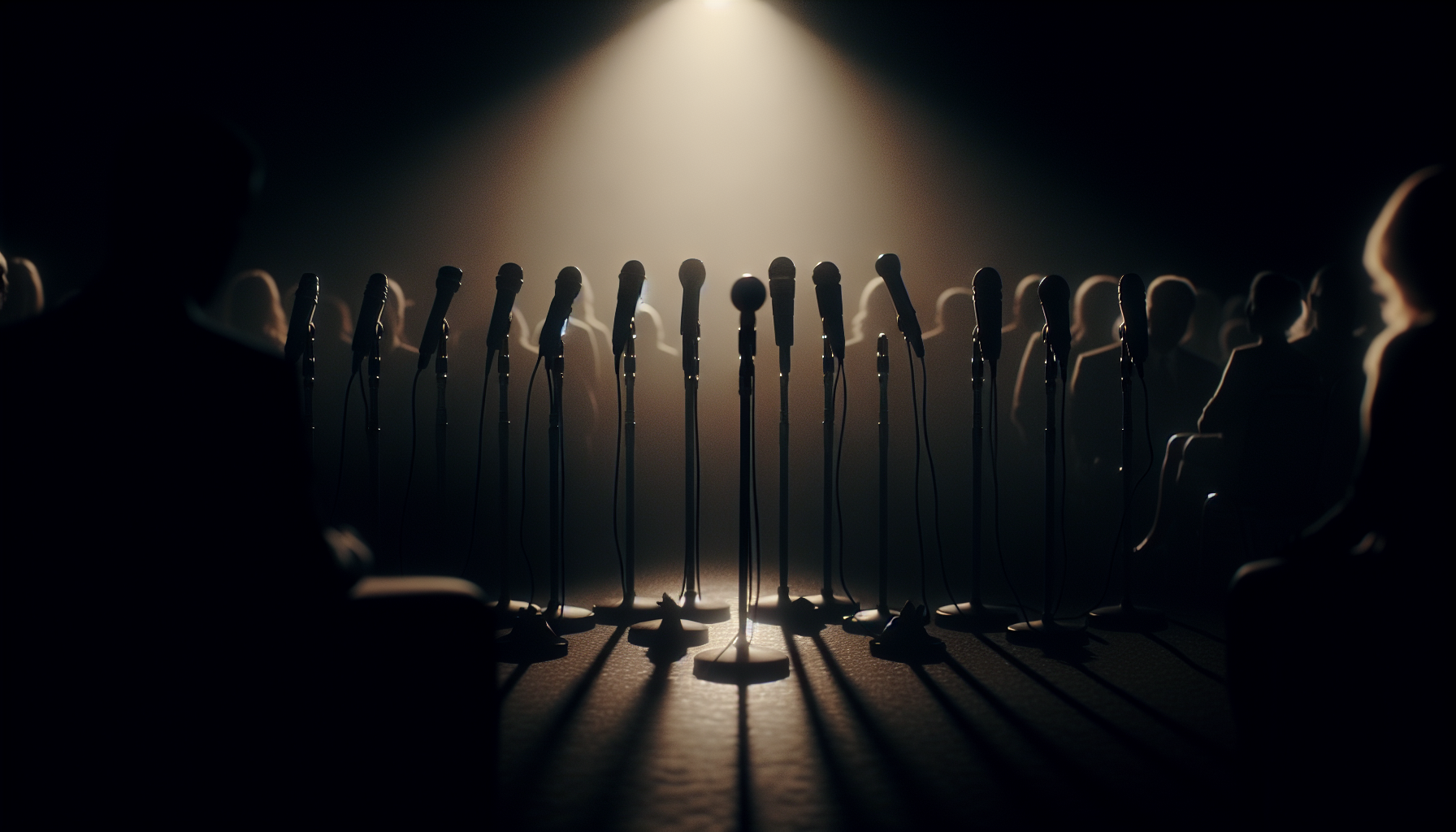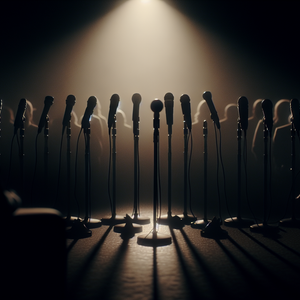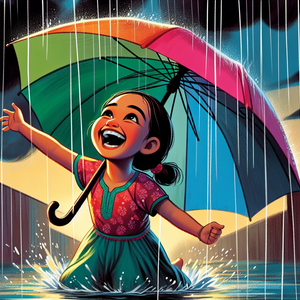The Pay Gap on Stage: Gender Disparities in Broadway Salaries

The gender pay gap is a pervasive issue across various professions, and its manifestation on Broadway is particularly pronounced. Recent studies indicate that female actors earn, on average, 25% less than their male counterparts in comparable roles. This disparity raises important questions about the systemic factors that sustain these inequalities. Typecasting, a significant contributor to the gender pay gap, heavily influences the roles available to female performers. Women are often confined to specific character archetypes that tend to be less financially rewarding or offer less stage time compared to male roles. For example, leading roles in major productions are frequently awarded to male actors, while women often find themselves relegated to ensemble or supporting positions, which typically come with lower pay. This not only affects immediate earnings but also restricts long-term career development and visibility.
Role Availability and Casting Practices
The limited availability of roles for women further exacerbates the gender pay gap on Broadway. A study conducted by the Women's Media Center revealed that women are consistently underrepresented in both leading and supporting roles, which directly impacts their earning potential. In a recent Broadway season, only 30% of lead roles in new musicals were written for women, forcing many talented actresses to compete for a scarce number of opportunities. Moreover, the industry's tendency to cast established male stars in leading roles poses another barrier. Male actors with a proven track record of box-office success often command higher salaries, which perpetuates the wage gap. In contrast, women—especially those who are newcomers or less established—frequently struggle to secure roles that offer competitive compensation. This uneven playing field not only affects individual actors but also shapes the narratives presented on stage.
The Role of Advocacy and Change
In recent years, increased awareness of the gender pay gap has sparked a movement for equity within the Broadway community. Organizations such as the Actors' Equity Association and various advocacy groups focused on gender equality in the arts are actively campaigning for change. Initiatives aimed at promoting gender parity in casting and pay are gaining traction, with some productions committing to equitable pay practices. Moreover, conversations surrounding diversity and representation are reshaping the way roles are written and cast. The success of groundbreaking shows like "Hamilton," which features a diverse cast and reimagines historical narratives, underscores the potential for transformative change in traditional casting practices. By expanding opportunities for underrepresented voices, the industry can begin to address and close the gender pay gap.
Supporting Evidence and Examples
The impact of the gender pay gap extends beyond theoretical discussions; it has profound implications for the lives of Broadway performers. Actress and activist Laura Benanti has publicly spoken out about her experiences with pay inequality, advocating for the industry to confront these disparities. Her story exemplifies the personal and financial challenges that arise from such inequities, affecting performers’ livelihoods and overall career satisfaction. Additionally, a recent report from the Broadway League revealed that women constituted only 32% of all directors and choreographers on Broadway. This underrepresentation in creative roles not only influences the narratives being told but also affects the opportunities available to female actors, perpetuating a cycle of inequality.
The gender pay gap on Broadway is an urgent issue that necessitates attention and action. As the industry continues to evolve, it is imperative to confront the systemic factors that sustain these disparities. By advocating for equitable casting practices, promoting diverse narratives, and creating opportunities for female talent, Broadway can take meaningful steps toward closing the wage gap. The future of theater should reflect the diversity and talent of all performers, ensuring that gender does not dictate earnings on the grand stage. As audiences and industry professionals unite for equality, there is hope that Broadway will not only dazzle with its performances but also shine as a beacon of fairness and opportunity for all its artists. Only then can the stage truly embody the principles of inclusivity and equality that it aims to portray.
Casting Director
Telsey + Company, Binder Casting
Core Responsibilities
Oversee the entire casting process for theater productions, including auditioning actors and selecting talent for roles.
Collaborate with producers and directors to understand the vision for the production and suggest suitable actors.
Required Skills
Strong understanding of acting techniques and character development.
Excellent interpersonal and communication skills to foster relationships with performers and industry professionals.
Theater Producer
Jujamcyn Theaters, Roundabout Theatre Company
Core Responsibilities
Manage the financial and administrative aspects of theater productions, including budgeting, fundraising, and hiring key creative staff.
Coordinate timelines and oversee the production process from concept to opening night.
Required Skills
Strong project management abilities and financial acumen.
Experience in negotiating contracts and understanding the business side of theater.
Stage Manager
Lincoln Center, Broadway shows
Core Responsibilities
Serve as the primary point of communication between the cast and crew, ensuring all aspects of the production run smoothly during rehearsals and performances.
Keep detailed records of the production process and handle any changes or issues that arise backstage.
Required Skills
Exceptional organizational skills and the ability to multitask in high-pressure environments.
Knowledge of stagecraft, lighting, and sound design.
Dramaturg
The Public Theater, Oregon Shakespeare Festival
Core Responsibilities
Analyze scripts and provide feedback to playwrights and directors, helping to shape the narrative and thematic elements of a production.
Conduct research on historical contexts and character backgrounds to enhance the overall storytelling.
Required Skills
Strong analytical and writing skills, with a deep understanding of dramatic literature.
Experience in theater production or a background in literature and cultural studies.
Choreographer
Broadway productions, Ballet companies
Core Responsibilities
Create and direct dance sequences for musical theater productions, ensuring that choreography enhances the storytelling and character development.
Collaborate with directors and music composers to integrate movement with the overall vision of the show.
Required Skills
Proficiency in various dance styles and strong creative vision.
Experience in working with performers to teach and refine choreography.


